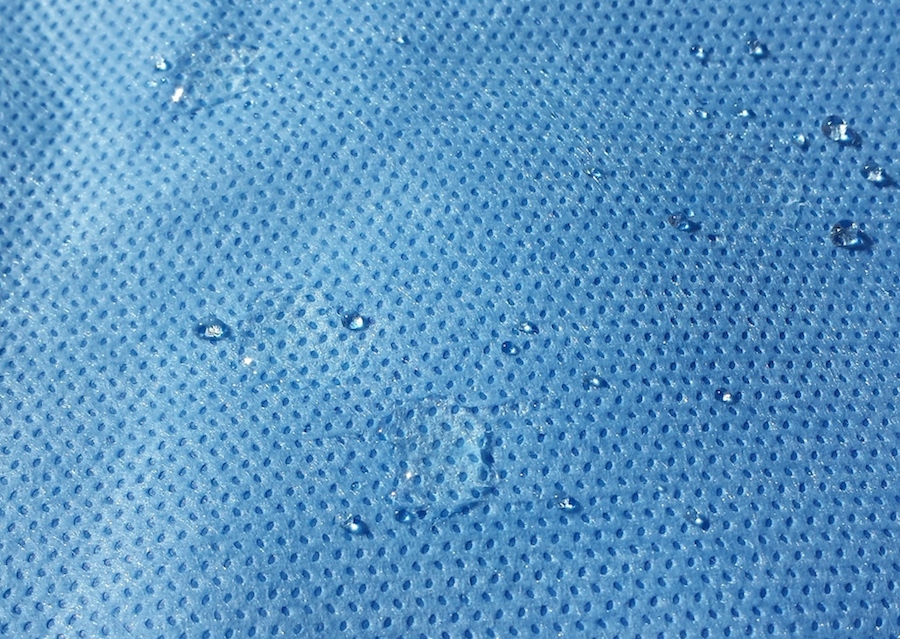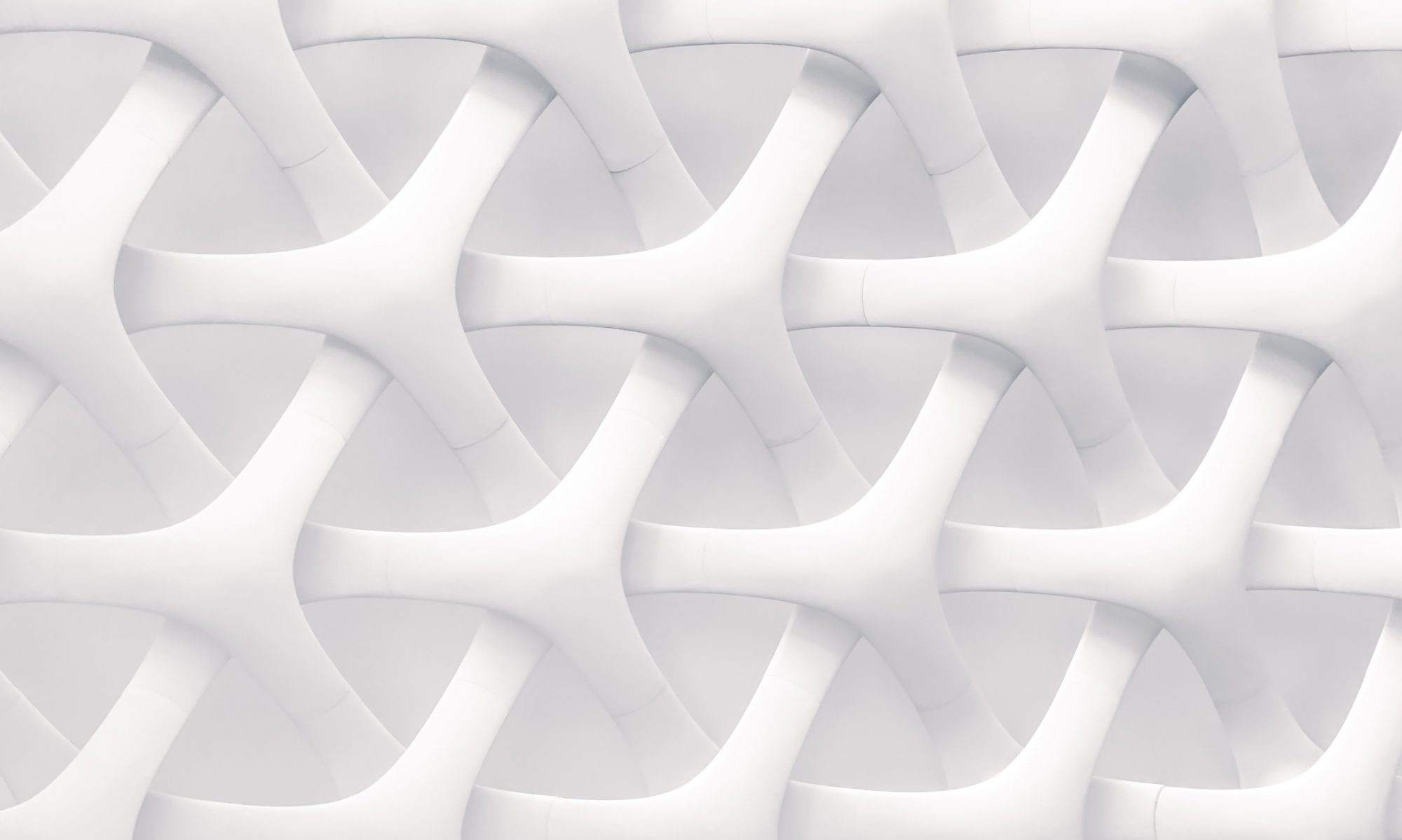What is a Surgical Drape?
Surgical drapes are used in the course of surgical procedure to prevent contact with unprepared surfaces and limit the chance of transmission of pathogens to both patients and staff. Surgical drapes can be reusable or disposable, and made of cloth or paper. The purpose of draping the surgical patient is to isolate the surgical site from the different areas of the patient’s body and non-sterile areas of the operating room table.

Construction:
Surgical drapes can be created using a variety of materials as well as designs. For example, some surgical drapes are reusable and must be washed and resterilizes, while others are disposable after one use. Most surgical drapes utilize a woven design to give them good structural properties and strength. Disposable surgical drapes are typically nonwoven structures (Spunlace, SMS, Wet-lay) using pulps and synthetic fibers. Nonwoven SMS fabrics have recently been heavily used in the industry. Common materials used to make surgical drapes include polyester (PET), polypropylene (PP) and polyethylene (PE). There are many manufacturers of surgical drapes but a few key industry leaders include: Cardinal Health, 3M Health Care, and Medica Europe BV.


Disease Condition and Anatomical Site:
Surgical drapes are used in the operating room to provide a physical barrier, this barrier ensures the surgical field stays clear of any contamination that may be in the operating room. A surgical drape can be used for any kind of operation and is not disease condition specific. This means that most procedures utilize surgical drapes in some way. As shown in the image below the surgical drapes are used to cover the patient except for the incision site, the drapes then collect fluid and protect the incision site from accidental contamination.
Protocol and Conditions:
Surgical drapes must be properly sterilized in accordance with the recommendations of the American National Standards Institute (ANSI) and the Association for the Advancement of Medical Instrumentation (AAMI).
The most common methods of sterilization for drapes are radiation, steam, and ethylene oxide (C2H4O). The surgical team can not come in contact with the contaminated undersurface of the drape that has come into contact with a nonsterile surface. Also once a drape has been positioned, it should not be repositioned.
Studies used for Evaluation:
Relevant studies of surgical drapes tend to be conducted either ex vitro or in vitro. Ex vitro studios allow for the comparison of infection rates after surgical procedure done on humans. In vitro studies allow for the in depth analysis of anti-microbial properties of these drapes. Below two studies are describe, one ex vitro and one in vitro.
The first study was conducted in order to create a cost benefit analysis of non-woven (single use) and woven (reusable) surgical drapes. This study was conducted in a single hospital in Turkey, in a clinical ex vitro study. Health care professionals were asked to compare the effectiveness of the non woven and woven surgical gowns and to give their input on which was more costly financially. The study determined that non-wovens are more effective at preventing contamination but they are more expensive than their woven counterpart because they are being disposed of after one use. https://www-sciencedirect-com.prox.lib.ncsu.edu/science/article/pii/S0196655308009073
The second study was an in vitro test used to compare the resistance to microbial penetration of six brands of disposable surgical drapes. The test was used to simulate the penetration of microbes after 90 minutes of contact with each brand of surgical drape. It was determined that all brands were effective at allowing fewer than 100 colony-forming units to penetrate the drape after 90 minutes, with some brands preforming slightly better than others. The conclusion of the study was that all surgical drapes need to be rigorously tested for microbial penetration before use. https://search-proquest-com.prox.lib.ncsu.edu/docview/232949577?pq-origsite=summon
Advantages and Disadvantages:
Surgical drapes provide many advantages to both the patient and the surgeons and doctors in the OR. Surgical drapes main advantage is that they are in place to prevent surgical site infections (SSI) and other infections that can come about in the OR. Surgical drapes place a barrier between the patient and the operating team in order to keep out unwanted particles and fluids. They are also used as a barrier between the operating site and the area where anesthesiologists work in order to keep each respective doctors equipment separate. There are not many disadvantages to using surgical drapes, as their sole purpose is to provide an advantage in the OR. Surgical drapes can be constructed in various ways for differing functions such as particle holding or liquid absorption.
Alternative Treatments and their Strategies:
There are no alternative treatments for surgical drapes because most drapes are disposable. There are many different kinds of surgical drapes which are used for different areas of the body and during different surgeries. Some drapes are single use and these are made of paper while multiple use drapes are made of tightly woven textiles or knitted cotton. Each drape has its own strategy of how it is applied to the body during surgery, but mostly the surgical drapes are laid over the part of the body that is undergoing surgery and there is a small cut out for the place of incision on the body.
Business Strategy:
Marketing is dictated by the surgical drape end users; hospitals, clinics, healthcare institutes and organization, home care settings, etc. For manufacturers, like Cardinal Health, kits are sold for common procedures with the proper drape dimensions for each procedure. Advertising in medical magazines and papers, including clinical data with FDA regulation is another marketing strategy manufacturers use.
Distribution is focused by countries and then by regions. The USA for example is sectioned off into the Northeast, Southeast, Midwest, Pacific Northwest, and Southwest regions of the country. This makes it easier and faster for distribution on a regular basis. Having surgical drapes readily available is very important.



Considerations:
Start off with an introduction paragraph about what surgical drapes are and why/when they are used (move the Disease Condition and Anatomical Site paragraph to the top?)
Provide examples of surgical drapes on the market (are there any specialty ones or ones that stand out from others?)
Include references and in-text citations
LikeLike
Nice overall description of surgical drapes. Maybe have a clear introduction about what a surgical drape, I know you stated it later in your disease condition paragraph, but also include more in the intro. Also, watch for a few typos. Some words were singular when they should’ve been plural and some words were present tense when they should’ve been past tense. You stated that surgical drapes have no disadvantages, maybe try to find a few, what is the durability of a reusable surgical drape? If the drape doesn’t have an anti-microbial finish on it or the finish has worn off, does the drape harbor bacteria from being handled by different people everyday? Other than that I think you gave good descriptions of the other categories talking about surgical drapes.
LikeLike
Team 7 here.
This is a complete blog on surgical drapes. Good style and approach to this subject. There was lots of information and visuals that helped get your point across.
LikeLike
Team 2:
Great overall information regarding surgical drapes! Tough to think of any recommendations, but maybe just a little more information on the suppliers and construction/materials used for different kinds of drapes. Keep up the good work!
LikeLike
This is a good start that explains many of the important characteristics of surgical drapes and describes how they are used. I would recommend comparing some of the top products currently available since there is such a high variety of products on the market with their own relative advantages. Also, work on using a more scientific citation style rather than putting the links at the end of your paragraphs.
LikeLike
Team 8
Overall the blog is well-formatted, and it easy to find specific information. I agree with team 1; you need to use a better citation method.
LikeLike
Team 2 here,
What you’ve done so far is really good! I like how you incorporated studies that have been done. It really tells us how the product has progressed over the years. Keep up the good work!
LikeLike